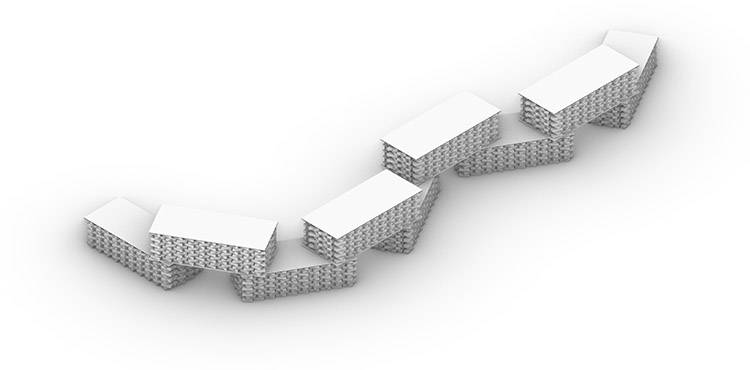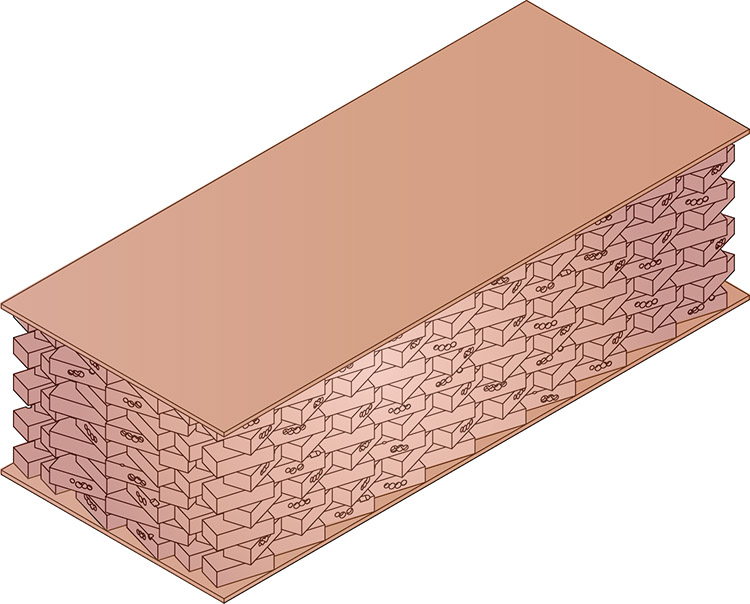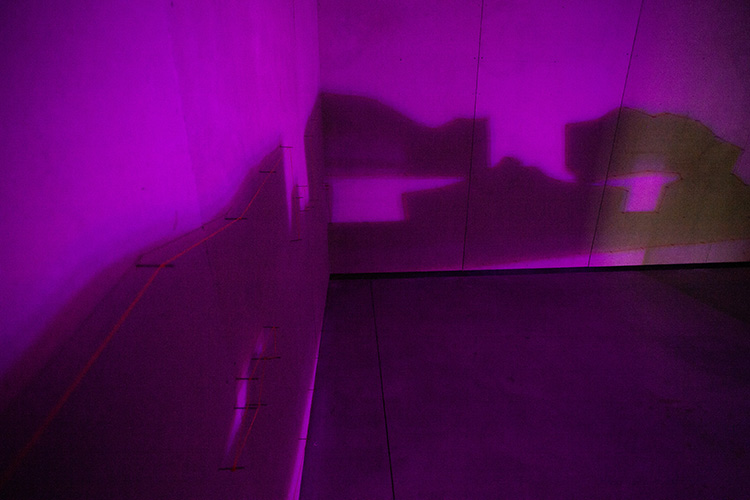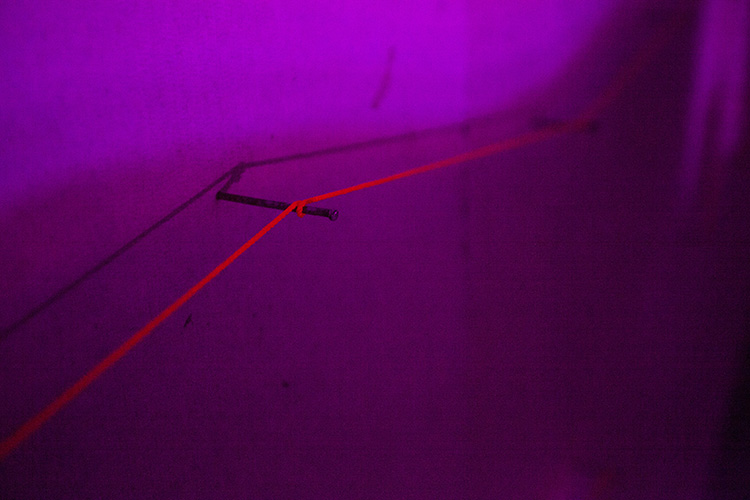Josie Kuchta:
Josie Kuchta
Architecture major
I am fascinated by building materials as vessels of cultural and physical memory. Building materials make up the fabric of our critics, from the sidewalks we traverse to the government buildings that loom overhead. A consistent material palette both defines and molds to local urban narratives. Learning from the connections between communities and their construction materials sheds light on the value of everyday placemaking.
At Wellesley, I approach architecture from a variety of perspectives, studying placemaking through natural materiality and collective memory. In prior work, I have researched communities' ecological and cultural connection to place and experimented with the structural and narrative qualities of materials such as stone, leaves, plaster, and polystyrene.
Through sculpture, drawing, and design, I aim to interweave the physicality of space and the culturally-hed conceptions of place with embodied experience. Exploring the contuining legacy of brick enables me to visualize these connections concretely.
~.~
From the Ground Up: Material Exploration of New England Brickmaking Through a Contemporary Danish Lens
clay, archival inkjet on paper
Jewett Gallery and PNW 205
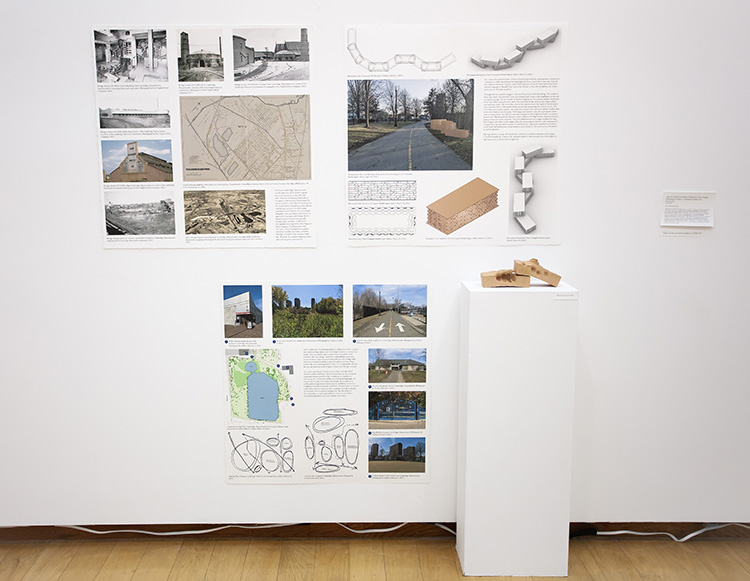
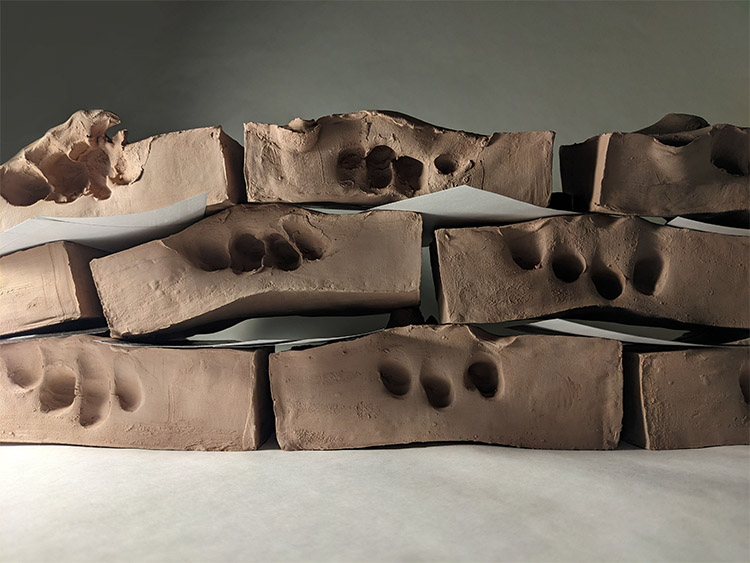
Sparked by my material surroundings during a semester in Copenhagen, Denmark, and built on a foundation of my previous academic work, I investigate brickmaking narratives through historical research, material exploration, and design. I experiment creating custom bricks, ones that express the physicality of both my body and the clay; I visit past and present brickmaking sites; and I design a public monument that highlights brick as a material of meaning. Represented through hand drawing, computer-aided design rendering, and sculptural installation, I propose a four-foot-high curving wall for a public park in Cambridge, Massachusetts. The monument constructs a cohesive narrative of the local legacy of brickmaking, honoring the regional impact of an underrepresented community. In the hands of contemporary residents, the work has the potential to connect the everyday lives of the immigrant communities who built it with those who live there today.
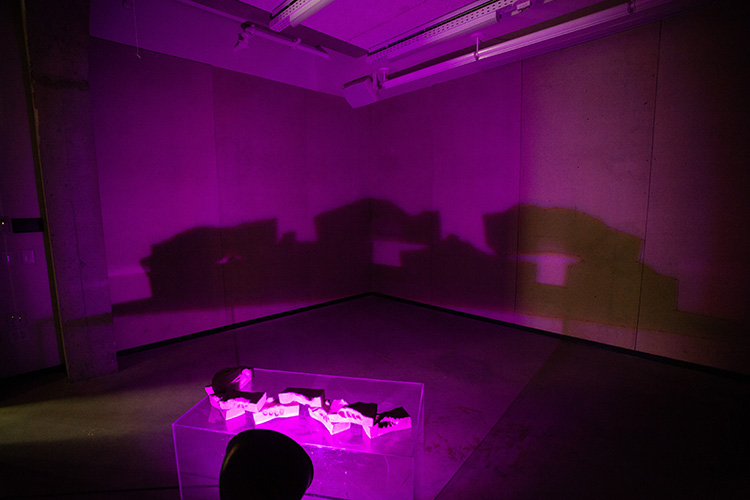
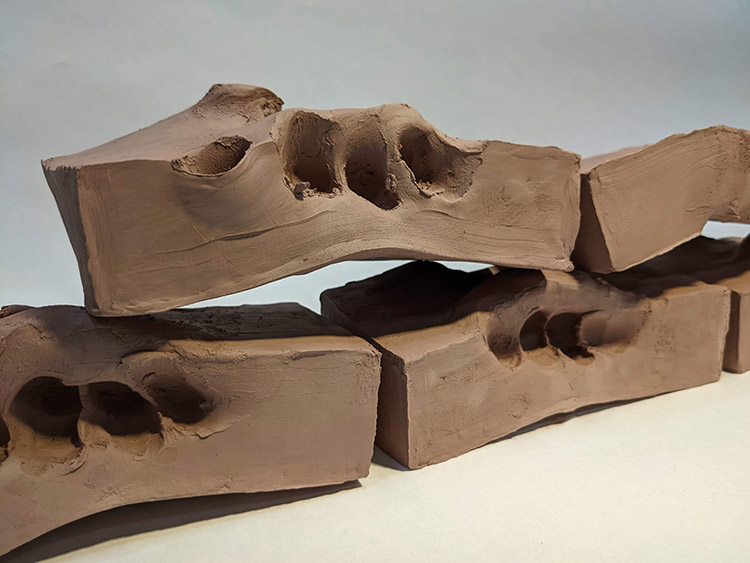
~.~
<<previous artist | back home | next artist>>


